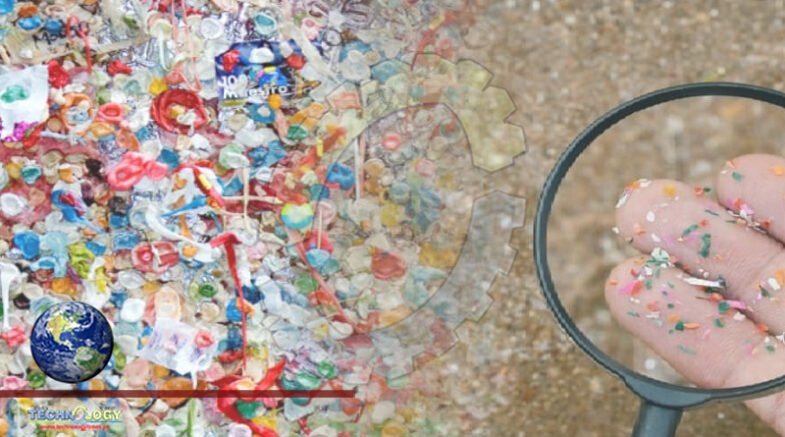Microplastics detected in placentas, A new Science of the Total Environment journal paper reports the presence of this unknown and potentially life-threatening class of contaminants in uterine and infant tissues, breastmilk, and infant formula.

MP are plastic particles and fibers that are less than five millimeters (mm) in size. Their small size is responsible for their ability to reach considerable distances from their site of production. In fact, MPs have been found in soil, water, and air, as well as in an array of foods including salt, honey, water (bottled and tap), and seafood. Earlier research has shown that polystyrene nanoparticles travel from the mother’s lungs to the fetal tissues in late pregnancy in mammals. Human studies also reported MPs to be present in the placental tissue. Microplastics detected in placentas , Meconium and infant stool have also been shown to contain these substances. Possible sources of these contaminants include feeding bottles, plastic toys, breastfeeding, infant formula, or from the placenta itself.
Some researchers have shown the release of MPs by the millions when infant formula is prepared in polypropylene (PP) bottles. Similarly, concentrations of polyethylene terephthalate (PET) and polycarbonate (PC) in meconium samples have been found to be higher in infants than in adults. Microplastics detected in placentas , In the current small study, which included 18 mother-infant dyads, researchers used laser direct infrared (LDIR) to detect MPs in samples of placental tissue, meconium, infant stool, breast milk, and infant formula. The researchers also questioned subjects about their use of plastic before and after the child was born and extended their inquiries into early childhood.
Source: This news is originally published by news-medical.net
